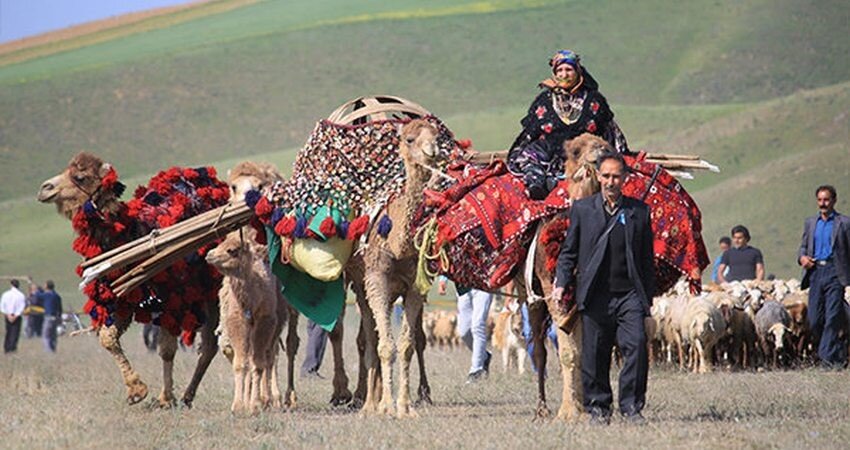Ways to buttress tribal tourism discussed

TEHRAN – On Friday, a meeting in Yasuj, the capital of the southwestern Kohgiluyeh and Boyer-Ahmad province, discussed ways to develop and promote tribal tourism, the deputy provincial tourism chief has said.
Several tourism experts and activists attended the gathering, which was held on the sidelines of the national tribal festival of Kuch, CHTN quoted Farshid Karami as saying.
During this meeting, ways to develop tribal tourism were discussed to achieve economic prosperity and create jobs for the local people, the official added.
The meeting also focused on boosting nomadic homes and units in different regions of the province, presenting nomadic capacities at the national and international levels, and encouraging private investors to invest in the field of tribal tourism, he explained.
Holding specialized tribal tourism tours in collaboration with the travel agencies and tour guides was also approved during the meeting, he noted.
The southwestern province is known for its nomads and nomadic life. Sightseers may live with a nomadic or rural family for a while or enjoy an independent stay and assist them with day-to-day life. It also opens up an opportunity to feel rustic routines, their agriculture, traditions, arts, and culture.
Nomads and tribal tourism
Tribe tourism, also known as ethno-tourism or ethnic tourism, provides the ground for potential sightseers to feel like indigenous people by living with a nomad or rural family or enjoying an independent stay. However, as the name implies, it’s a trip for recreational purposes rather than an expedition for anthropological research.
Experts say this branch of tourism has gained a lot of support and attention in the country over the past couple of years. Many tour operators believe that tribal regions could be deemed as the legacy of human authenticity in their novel cultural and human aspects.
Iran has a culturally-diverse society dominated by a wide range of interethnic relations. Native speakers of Persian (Farsi language) are considered as the predominant ethnic generally of mixed ancestry, and the country has important Turkic, Kurd, and Arab elements in addition to the Lurs, Baloch, Bakhtiari, and other smaller minorities such as Armenians, Assyrians, and Jews. Persians, Kurds, and speakers of other Indo-European languages in Iran are descendants of the Aryan tribes who began migrating from Central Asia into what is now Iran in the second millennium BC.
Accompanying nomads during their migration, even for a day or two, maybe a lifetime experience. As a traveler, one has the chance to visit, live, eat, and sleep in a nomadic camp with a real nomad family. Colorful dresses, vast black tents, colored-eyed children with rosy cheeks, modest lifestyle, scenic landscape, and local dishes are probably among the delights of such visits.
Language, music, indigenous cuisine, clothing, songs, anecdotes, crafts, live performances, and local rituals such as celebrations and wedding ceremonies have always spurred many to experience life among the tribes.
Many nomads surprise visitors with the dignity in their rough and overworked hands and integrity in their compassionate eyes at first sight. In popular Iranian culture, literature, and public opinion, nomads have always been a proud part of the nation.
ABU/AFM
